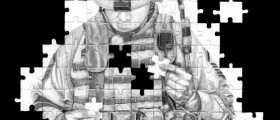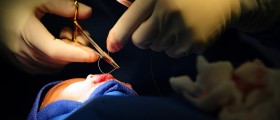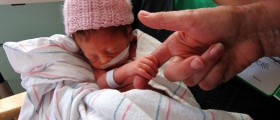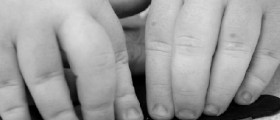
Dyslexia is not exclusive to children. It is a lifelong condition, varying in severity from person to person. Treatment should be sought as soon as possible, but it is never too late to begin improving ones language or learning skills. Dyslexia is caused by an impairment in the brain that causes difficulty with the translation of data received from the eyes and ears. The condition is not caused by mental retardation, brain damage or low intelligence.
Types of dyslexia
Primary Dyslexia involves a dysfunction of the left side of the brain. This condition will not alleviate with age, and those who suffer from this condition are generally incapable of reading above fourth grade levels. This is a hereditary condition, more common in boys than girls. Secondary, or Developmental Dyslexia is thought to occur as a result of improper hormonal development in the unborn fetus. More common in boys, this condition will decrease in severity as the years pass. Trauma Dyslexia occurs as a result of some kind of trauma to the brain. This ‘trauma’ affects the areas of the brain that control reading and writing, and is quite rare in the school-age population. Secondary, or Developmental Dyslexia is thought to occur as a result of improper hormonal development in the unborn fetus. More common in boys, this condition will decrease in severity as the years pass.
Visual dyslexia will lead to an inability to correctly sequence letters or numbers, while auditory dyslexia involves difficulty with sounds of letters or groups of letters. Dysgraphia refers to a child’s difficulty with regard to manual control of pencils or pens, which can lead to incorrectly written symbols.
Treatment
An evaluation of the individual’s capacities must be undertaken prior to treatment. This is to ensure correct diagnosis of the type of dyslexia. There is, however, no absolute cure for dyslexia. Treatment will focus on reducing the individual’s weak points and looking to enhance the strengths. Some methods that are used include the Slingerland Method, the Orton-Gillingham Method and Project READ. Often, computers can provide an excellent source of assistance for dyslexics. Those with dyslexia need to be taught how to cope with the condition and attention should be paid to increasing optimum learning conditions.
An important part of treatment involves the attitude of those surrounding the individual. Those with dyslexia should be encouraged not to avoid undertaking academic or educational work. The environment and people surrounding those with dyslexia should be positive and interactive, with positive reinforcement used to encourage effort as well as achievement.

















Your thoughts on this
Loading...